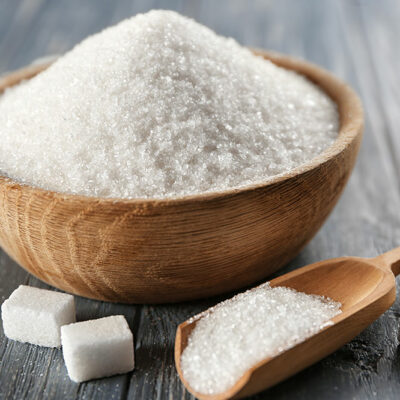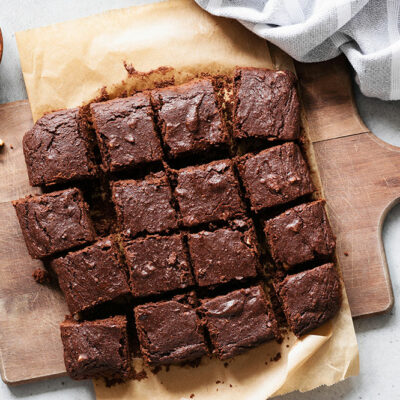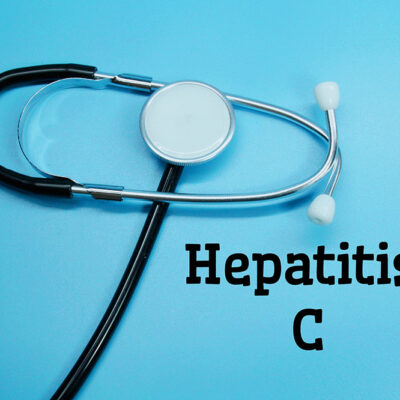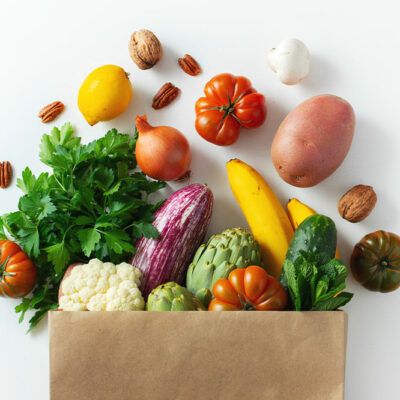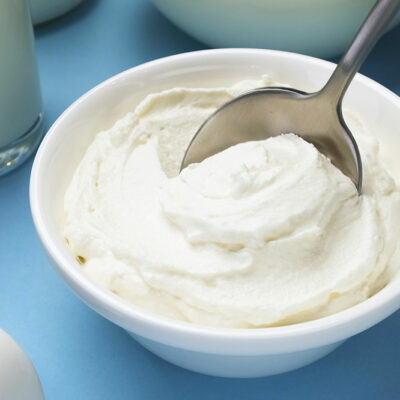
Food
5 Healthy Road-time Snacks for Toddlers
Life with toddlers can be challenging, especially sticking with their meal schedule and habits. Growing kids tend to get hungry between meals and keep their parents on their toes. This habit can get particularly tricky during road trips. A snack is a perfect way out to keep the kids full and happy. Since the store-bought ones may be quite unhealthy, here are a few suggestions for some healthy kid snacks. 1. Yogurt Fro-yo or frozen yogurt is an excellent snack for kids. It is a good source of protein, calcium, and sugar to satisfy your kid’s hunger pangs. Frozen yogurt will be healthier if it’s plain rather than flavored. It can be sweetened by adding freshly cut fruits or by dipping cut slices of apples, pears, celery, etc. Fully packed with good bacteria, yogurt is good for bowel movement, especially for kids with nervous tummies. 2. Popcorn Contrary to popular belief, popcorn is not junk food. It is, in fact, pretty nutritious. That’s because it is a whole-grain and high-fiber meal. The most important factor for making popcorn healthy is that it should be air-popped and lightly seasoned. Adding artificial flavors of cheese or caramel will render it useless. Instead, adding a sprinkle of homemade butter, sea salt, or grated parmesan will make it a delicious yet healthy kid snack.
Read More 



